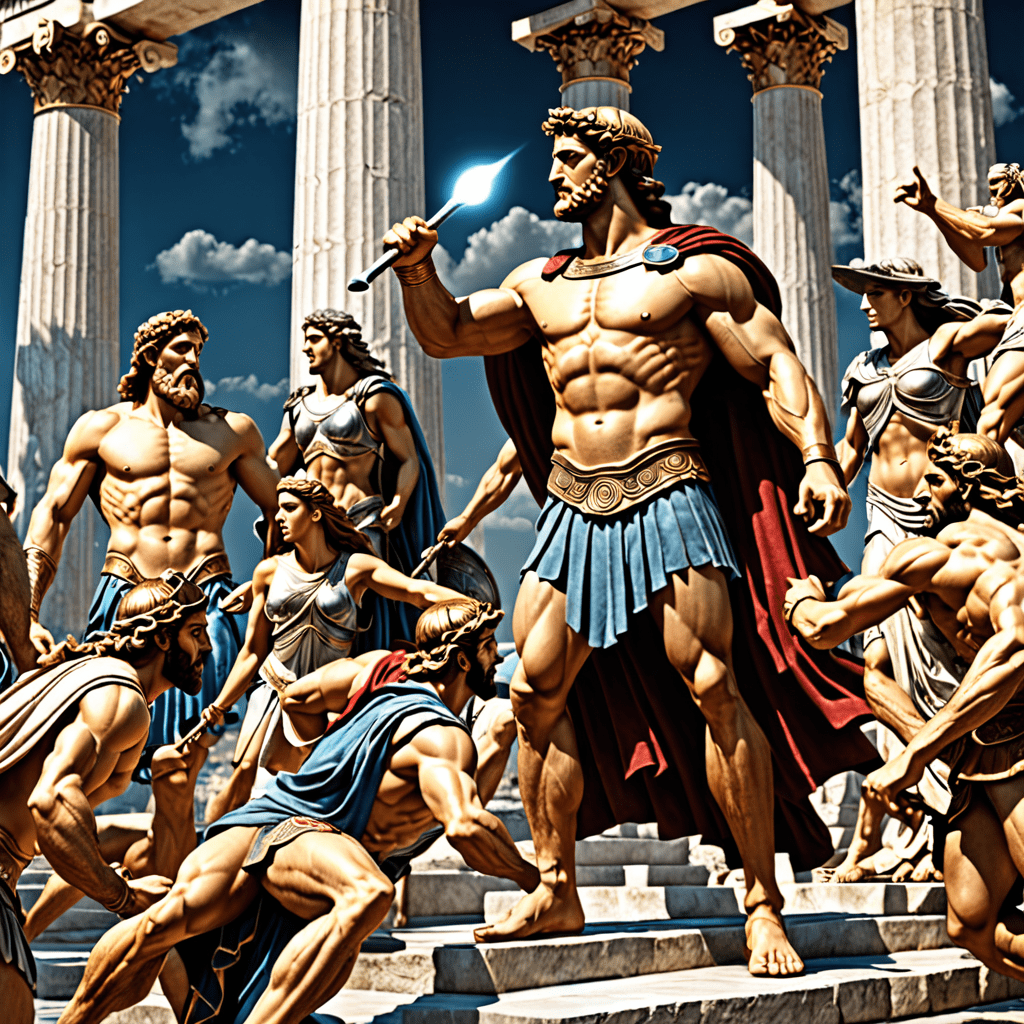The Mountain of the Gods: How Peaks Became Sacred Spaces
Introduction to Sacred Mountains
Throughout history, mountains have held a special place in the hearts and minds of people across the globe. They are often seen as sacred spaces, places where the earthly realm meets the divine. In various cultures, a sacred space is defined as a location imbued with spiritual significance, often associated with rituals, worship, and a sense of connection to the divine. Mountains, in particular, have been revered for their majesty, mystery, and their ability to inspire awe.
From the towering peaks of the Himalayas to the rugged ranges of the Andes, mountains symbolize both physical challenges and spiritual quests. The significance of these natural wonders in human spirituality cannot be overstated, as they have been central to numerous belief systems and cultural practices throughout the ages.
Historical Context: Mountains in Ancient Civilizations
Many ancient civilizations worshipped mountains, believing them to be the abodes of gods or the entry points to the heavens. For instance, the Greeks revered Mount Olympus as the home of the gods, while the Egyptians considered the peaks of the Sinai Peninsula as sacred. Indigenous peoples around the world also held their local mountains in high esteem, often incorporating them into their cosmologies and rituals.
- Mount Olympus: The legendary home of the Greek gods, where Zeus and his deities resided, it was a place of worship and myth.
- Mount Sinai: Significant in Judeo-Christian traditions, it is where Moses received the Ten Commandments, making it a pivotal sacred site.
- Mount Fuji: In Japan, this iconic peak is considered sacred, associated with Shinto beliefs and the subject of numerous artworks and poems.
Mythology and the Divine: Peaks as Abodes of Gods
Mythology often intertwines with the natural world, and mountains feature prominently as abodes of the divine. Many cultures have crafted rich narratives around their sacred peaks, embedding them within their spiritual frameworks. For instance, in Hindu mythology, Mount Meru is seen as the center of the universe and the abode of the gods.
These stories not only shape local beliefs but also influence cultural practices, art, and the collective identity of communities.
Cultural Practices: Rituals and Pilgrimages
Mountains often serve as sites for rituals and pilgrimages, with people journeying to these sacred spaces to seek spiritual enlightenment or perform ceremonial acts. Some notable pilgrimage traditions include:
- Camino de Santiago: This ancient pilgrimage leads to Santiago de Compostela in Spain, with various routes traversing mountainous terrain.
- Kumbh Mela: A major Hindu pilgrimage that takes place at sacred rivers and mountains, attracting millions of devotees seeking purification.
These rituals can take many forms, from offerings made to deities to meditative practices intended to foster a deeper connection with the divine.
The Role of Mountains in Religion
Mountains hold a prominent place in various religious traditions. In Buddhism, for example, Mount Meru is central to cosmological beliefs, while in Christianity, mountains are often depicted as places of revelation and divine encounter, such as the Sermon on the Mount. Each religion offers unique perspectives on the sacredness of mountains:
- Buddhism: Mountains symbolize the path to enlightenment and are often the sites of monasteries.
- Hinduism: Many mountains are considered sacred, with rituals performed to honor the deities that reside there.
- Christianity: Mountains are seen as places of prayer and reflection, often associated with significant biblical events.
Environmental Significance: Sacred Mountains and Conservation
Mountains play a critical role in maintaining ecological balance. They are essential sources of freshwater, biodiversity, and climate regulation. The sacred status attributed to many mountains often contributes to their conservation. Communities that view their local mountains as sacred are more likely to engage in preservation efforts.
Moreover, the recognition of sacred mountains as natural heritage sites can help promote environmental stewardship, ensuring that these majestic landscapes are protected for future generations.
Modern Perspectives: Tourism and Sacred Spaces
The allure of sacred mountains has drawn countless tourists, leading to a complex relationship between preservation and economic benefit. While tourism can generate income for local communities, it can also pose significant risks to the integrity of these sacred spaces. Issues such as:
- Overcrowding and environmental degradation
- Commercialization of sacred practices
- Loss of cultural authenticity
must be addressed to maintain the sanctity of these sites.
Contemporary Challenges: Sacred Peaks Under Threat
Many sacred mountains face significant challenges in the modern world. Climate change, industrialization, and land disputes threaten their very essence. For instance:
- Mount Everest: The increasing number of climbers has led to severe waste management issues and environmental degradation.
- Mount Sinai: Development projects and tourism have raised concerns about the preservation of its spiritual significance.
These challenges call for urgent action to protect these sacred spaces and the cultures that hold them dear.
Personal Reflections: The Experience of Sacred Spaces
Visiting sacred mountains can be a transformative experience. Many individuals report feelings of peace, clarity, and connection to something greater than themselves. Anecdotes from pilgrims and travelers highlight the profound impact these journeys can have on personal spirituality:
- Standing at the summit of Mount Fuji, I felt a deep sense of gratitude and connection to nature.
- The silence of the mountains during my pilgrimage to Santiago brought me a clarity I had never experienced before.
These personal reflections underscore the enduring power of sacred mountains in shaping individual spiritual journeys.
Conclusion: The Enduring Legacy of Sacred Mountains
Mountains continue to hold a significant place in cultural and spiritual contexts around the world. Their majesty inspires awe, while their sacred status fosters a deep sense of connection among those who revere them. As we navigate a rapidly changing world, it is imperative to recognize and protect the sacredness of these peaks. The future of sacred mountains depends on our ability to honor their legacy, ensuring that they remain not only places of beauty but also of profound spiritual significance.



